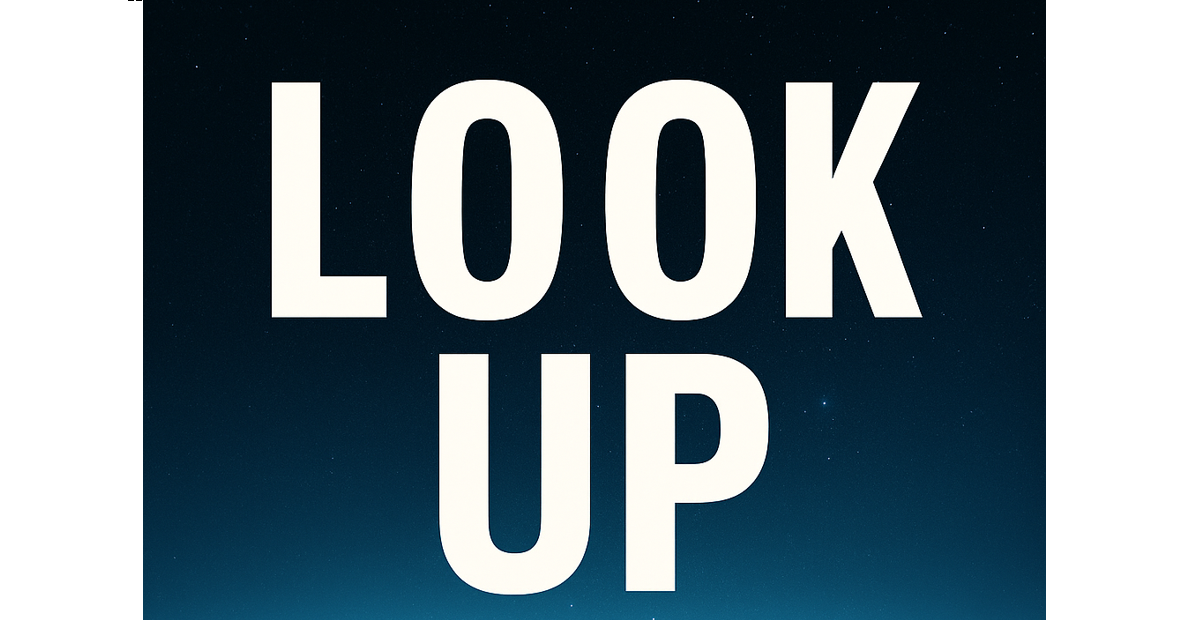Blogs
Beyond Compliance: How Satellite Leak Detection Uniquely Solves Trunk Mains Challenges
July 22, 2025


By Roy Zenou, Account Manager at ASTERRA
Earlier this year, Emma Lean of SUEZ, together with Nick Haskins—whose influence still resonates across the industry even in retirement—published a thoughtful article highlighting Ofwat’s new requirements for trunk mains leakage. They made an important point: that the regulator’s shift is forcing water companies to re-examine an often neglected but vital part of the network.
But if we look beyond the immediate compliance question, a broader story emerges. It is not simply about meeting new reporting standards—it is about fundamentally changing how we see, understand, and protect the hidden arteries that keep our water flowing.
—
The invisible challenge under our cities
Trunk mains are the silent giants of water distribution: large-diameter, high-pressure pipes buried deep beneath our cities and countryside. Historically, their very size and strategic importance have made them hard to monitor: few flow meters, minimal data, and high costs of proactive inspection.
Now, Ofwat’s move away from the BABE (Bursts and Background Estimates) methodology toward stricter flow-balance reporting—and the requirement for annual reviews when leakage exceeds 5%—brings these blind spots into the open. It forces us to ask: how can we know what we cannot see?
Conventional methods—acoustic surveys, correlators, field teams—remain essential but are by nature localised and labour-intensive. They struggle to scale when the goal is system-wide visibility.
—
A view from above: L-band SAR satellite technology
At ASTERRA, we were the first to recognise that the answer isn’t only underground—but also hundreds of kilometres above it.
As the originators of satellite leak detection technology, our approach uses L-band Synthetic Aperture Radar (SAR) satellites to detect the soil moisture anomalies that often signal leaks. These satellites orbit the earth, unaffected by weather or light conditions, scanning vast networks in days rather than months.
What this offers is not a replacement for field teams but a transformation of where and how they work. Satellite data points them to likely leakage zones—long before water appears at the surface or before the economic impact compounds. It is proactive, repeatable, and scalable.
This isn’t theory. Across more than 65 countries, ASTERRA’s technology has helped verify over 175,000 leaks, saving more than 641 billion gallons of potable water. In the UK, many utilities working with SUEZ and ASTERRA have already integrated these insights into day-to-day operations, turning compliance into opportunity.

—
Beyond compliance: leading through data
The regulatory pressure is, in many ways, a catalyst. The real question is what water companies do next.
Those who see this as a tick-box exercise will struggle to get lasting benefit. Those who view it as a chance to layer satellite detection with real-time monitoring, advanced analytics, and smarter asset planning will gain something more valuable: control, resilience, and long-term sustainability. At ASTERRA, our partnership with SUEZ was built not just to meet new targets, but to redefine what’s possible: to move from periodic, reactive inspection to continuous, data-driven awareness.
—
Looking forward
Nick and Emma’s original article started an important industry conversation. As that dialogue widens, we see an even greater opportunity: to turn hidden risk into measurable knowledge, and compliance into leadership.
Ultimately, meeting Ofwat’s requirements is just the first step. The real goal is a water network that leaks less, lasts longer, and better serves communities and the environment.
And to achieve that, sometimes, the smartest thing we can do… is to look up and allow the numbers to speak for themselves.